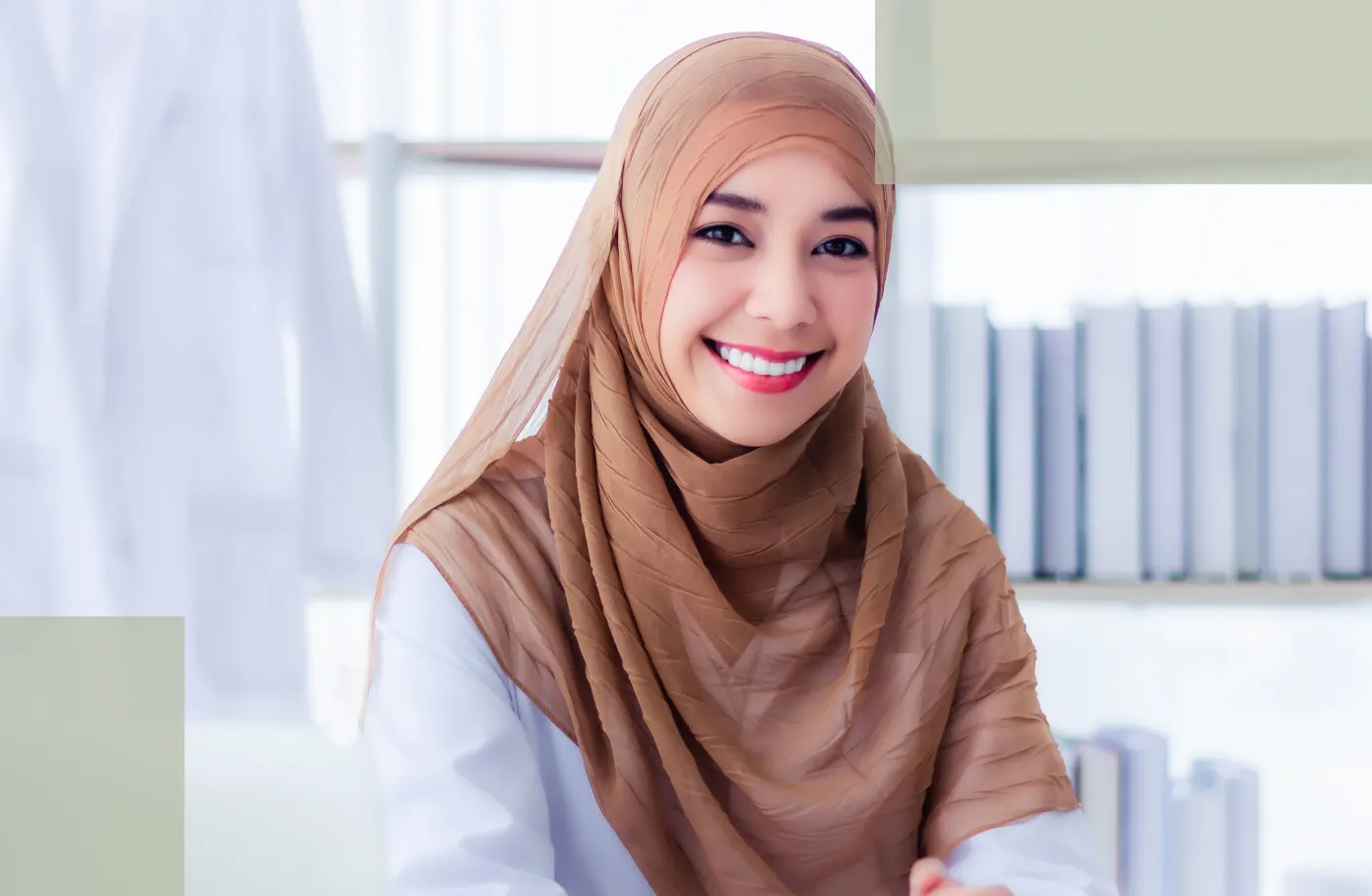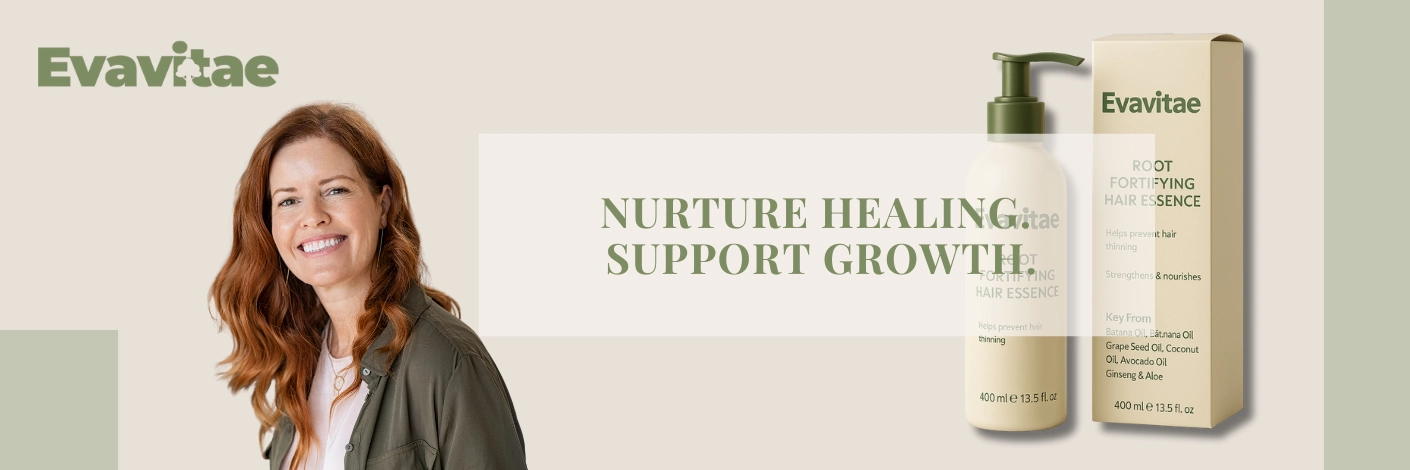
Chemotherapy saves lives—but it also brings challenges, especially when it comes to hair loss. For many, losing hair during treatment is more than a physical change—it’s an emotional one. The regrowth process symbolizes healing, but it requires patience and gentle support.
In this guide, we’ll walk you through:
✅ What to expect during post-chemo regrowth
✅ How to care for your scalp safely
✅ Gentle, non-toxic strategies to support hair health
Let’s help your hair come back strong—one soft step at a time. 🌸
💡 What Happens to Hair During and After Chemotherapy?
Chemotherapy targets fast-dividing cells—including hair follicles. This leads to hair falling out in 2 to 4 weeks after treatment begins (American Cancer Society, 2024).
📉 Hair loss can include:
- Scalp
- Eyebrows
- Eyelashes
- Body hair
✅ The good news: Hair typically begins regrowing 1 to 3 months after treatment ends (Mayo Clinic, 2023). However, regrowth might come with surprises.
🔁 What Post-Chemo Hair Regrowth Looks Like
Every recovery story is unique, but here are common post-chemo hair changes:
🌀 Texture – Many experience “chemo curls” as hair comes in curlier or finer
🎨 Color – Regrowth may appear gray or lighter, even if it wasn’t before
🔴 Sensitivity – Your scalp may feel tender or inflamed
These changes are normal—and often temporary. Your hair is rebuilding from within.
🛡️ How to Care for Hair After Chemotherapy
🧖♀️ 1. Soothe and Protect the Scalp
A healthy scalp = a healthy foundation for hair growth. Avoid:
🚫 Sulfates
🚫 Alcohol-based products
🚫 Synthetic fragrances
Instead, use fragrance-free, sulfate-free shampoos with soothing ingredients like aloe vera, oat milk, or chamomile.Try Evavitae shampoo.
🌿 Bonus Tip: A soft scalp massage can improve circulation (Lee & Kim, 2016). Try using a natural oil like jojoba or argan in circular motions.
🧢 Wear a silk or bamboo headwrap at night to reduce friction and breakage.
🧴 2. Use Gentle, Non-Toxic Hair Products
Choose clean formulas specifically made for sensitive scalps(check out Evavitae’s product formulas and try their line). Look for:
🌱 Paraben- and sulfate-free
🧪 No artificial fragrance
🧴 Plant oils: rosemary, avocado, argan
👩⚕️ Dermatologist-tested
📌 Resource:EWG Skin Deep Database – check safety ratings of hair care products.
🥦 3. Feed Your Follicles With Nutrition
Your hair needs fuel to grow! Focus on whole foods rich in:
- ✅ Biotin (eggs, almonds)
- ✅ Zinc (pumpkin seeds, chickpeas)
- ✅ Iron (lentils, spinach)
- ✅ Omega-3s (salmon, flaxseed)
🥗 Eating a balanced diet supports new hair cell development and long-term strength.
🔥 4. Avoid Heat and Harsh Styling
In early regrowth, new hair strands are fragile. Avoid:
🚫 Blow dryers on high heat
🚫 Flat/curling irons
🚫 Ammonia-based dyes or bleach
💇♀️ Embrace your new texture with soft styling or cover-ups like headwraps and silk scarves. If coloring your hair is important to you, choose vegetable-based, non-toxic dyes under expert guidance.
⏳ 5. Be Patient with the Process
Hair grows at about ½ inch per month—but that pace may be slower after treatment. Be gentle with yourself. If you’re not seeing regrowth after 6 months, talk to your healthcare provider or dermatologist .
🧘♀️ Healing takes time—and your hair journey is part of it.
🧠 Emotional Healing Is Just as Important
Losing hair can feel like losing a part of yourself. Many cancer survivors describe the regrowth phase as emotionally complex: filled with hope, anxiety, and even grief.
👭 Support groups and compassionate communities are vital. You’re not alone.
🎗️ Resource:Look Good Feel Better – Free programs that help you regain confidence during and after cancer treatment.
🌼 Final Thoughts
The journey of hair growth after chemotherapy isn’t just about strands—it’s about strength. Be kind to your body, nourish yourself from the inside out, and give your hair the safest environment to thrive again.
Your new hair may feel unfamiliar—but it’s also a mark of resilience. You’ve come through the hardest part. Now it’s time to heal, softly.
📚 References (APA Style)
- American Cancer Society. (2024). Hair loss and cancer treatment. https://www.cancer.org/treatment/treatments-and-side-effects/physical-side-effects/hair-loss.html
- Lee, Y., & Kim, Y. (2016). Scalp massage for hair loss: A review of evidence and practice. Journal of Cosmetic Dermatology, 15(2), 167–172. https://doi.org/10.1111/jocd.12193
- Mayo Clinic. (2023). Chemotherapy and hair loss: What to expect during treatment. https://www.mayoclinic.org/tests-procedures/chemotherapy/in-depth/hair-loss/art-20046920
Evavitae products are now available exclusively at www.evavitae.com.




Add comment